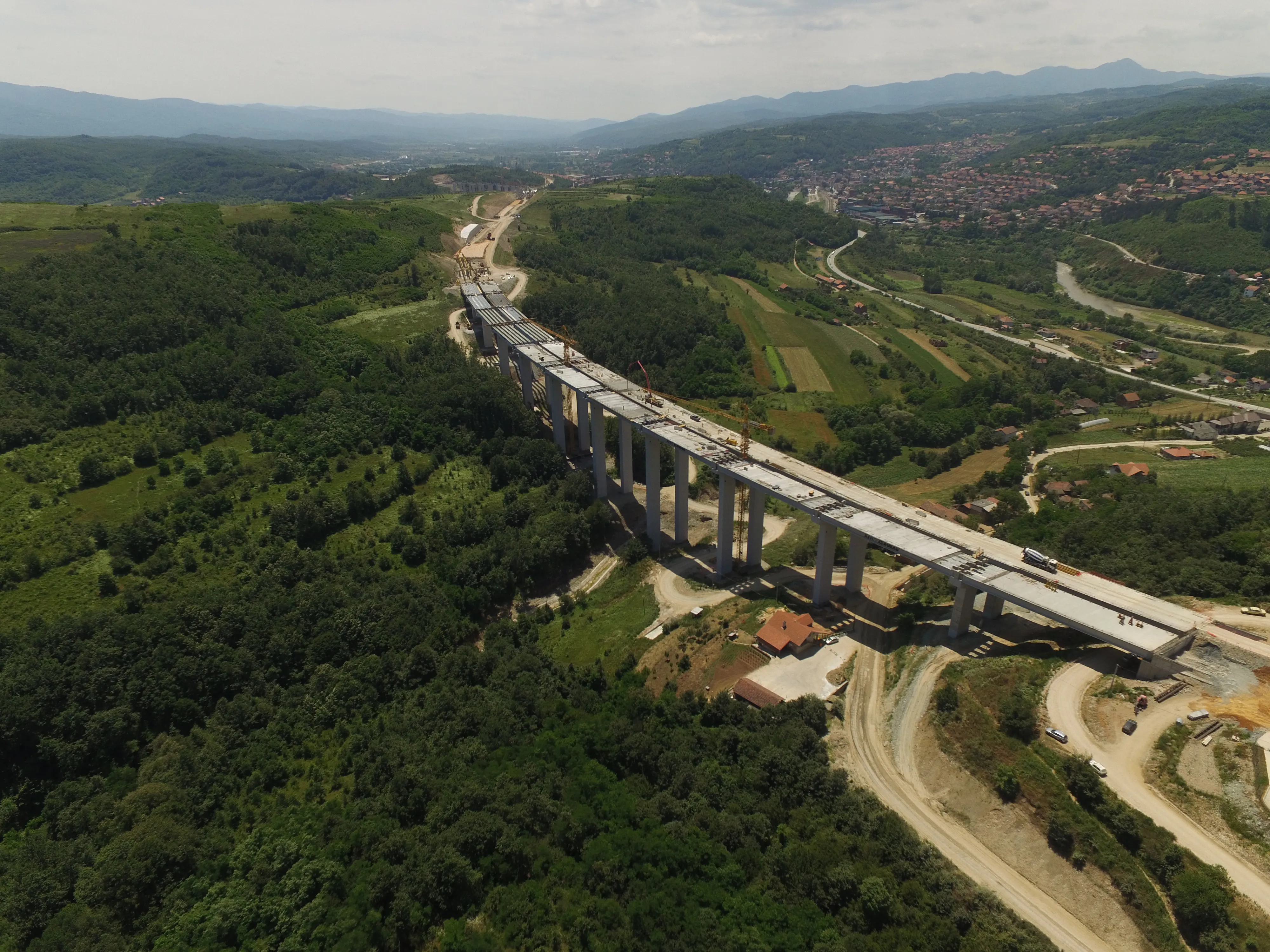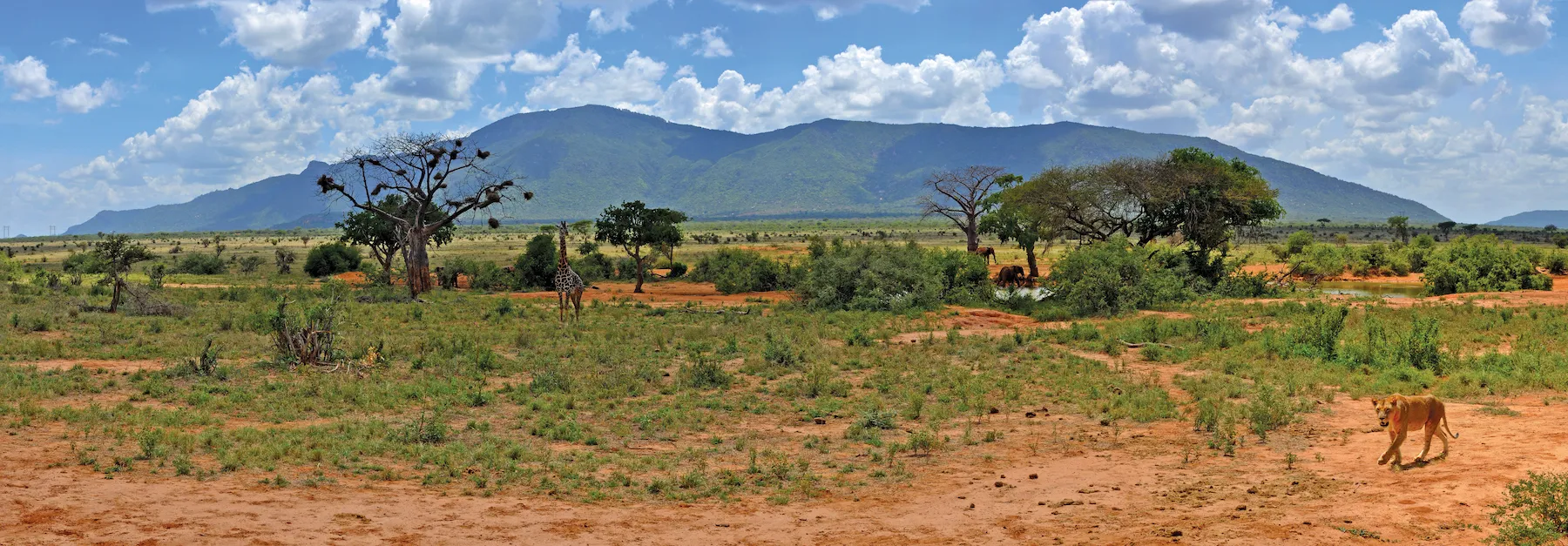Construction work is starting on two important road projects in Kenya. These are for the Dongo Kundu Southern Bypass and for the Mau Highway. The Mau highway project is worth US$2 billion and forms part of the route that links Kenya’s key port at Mombasa through its capital Nairobi to the border with neighbouring Uganda.
The 180km Nairobi-Nakuru-Mau section of the A104 route will feature two lanes in either direction. The deal is being handled under a package that includes design, financing, maintenance and operation. Toll revenue will be collected by the builder for the concession term agreed with the
Meanwhile the Dongo Kundu Phase Two project is being carried out by the Japanese firms,
Kenya highway projects starting
Construction work is starting on two important road projects in Kenya. These are for the Dongo Kundu Southern Bypass and for the Mau Highway. The Mau highway project is worth US$2 billion and forms part of the route that links Kenya’s key port at Mombasa through its capital Nairobi to the border with neighbouring Uganda.
The 180km Nairobi-Nakuru-Mau section of the A104 route will feature two lanes in either direction. The deal is being handled under a package that includes design, financing, maintenance a
March 11, 2019
Read time: 2 mins







